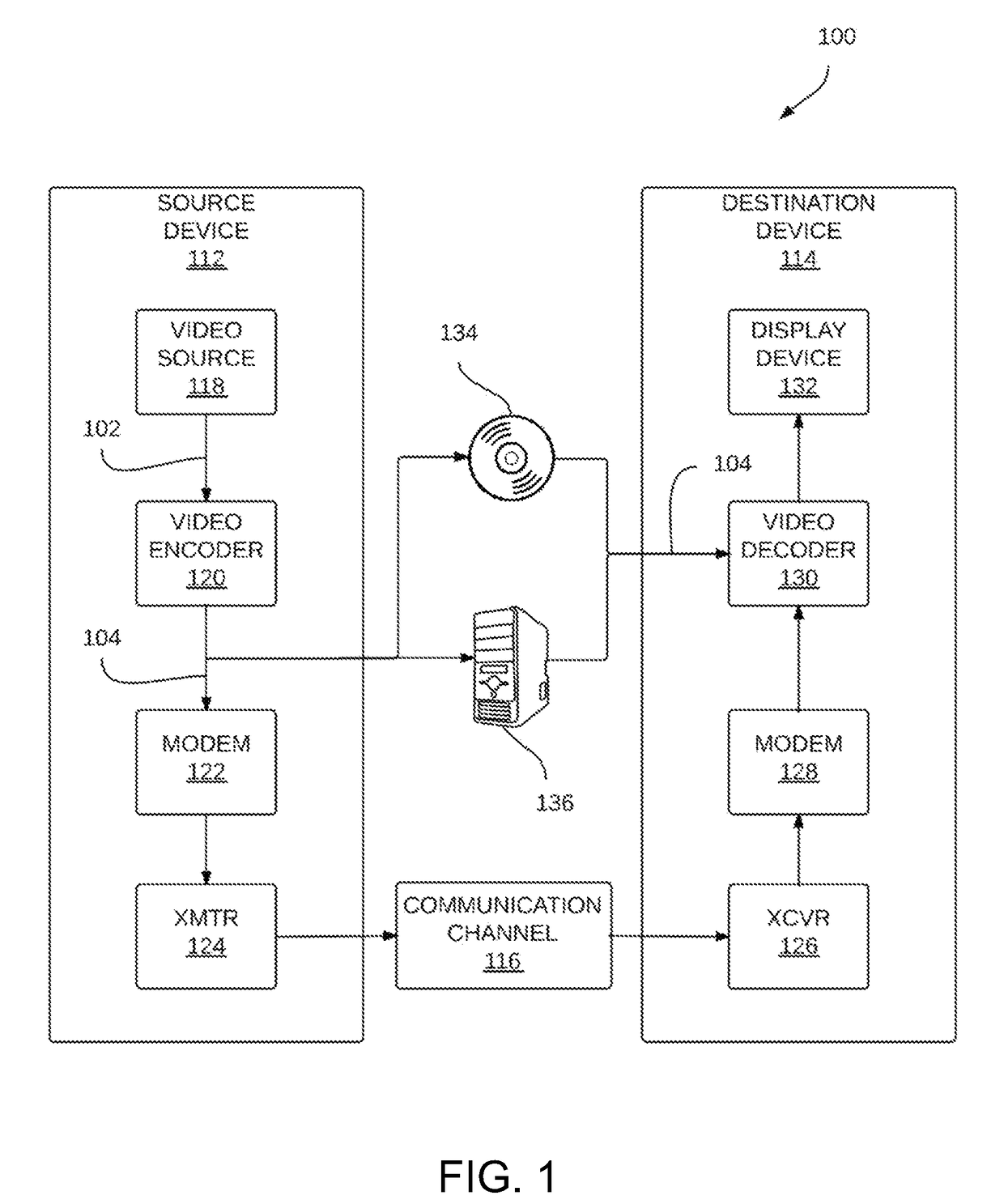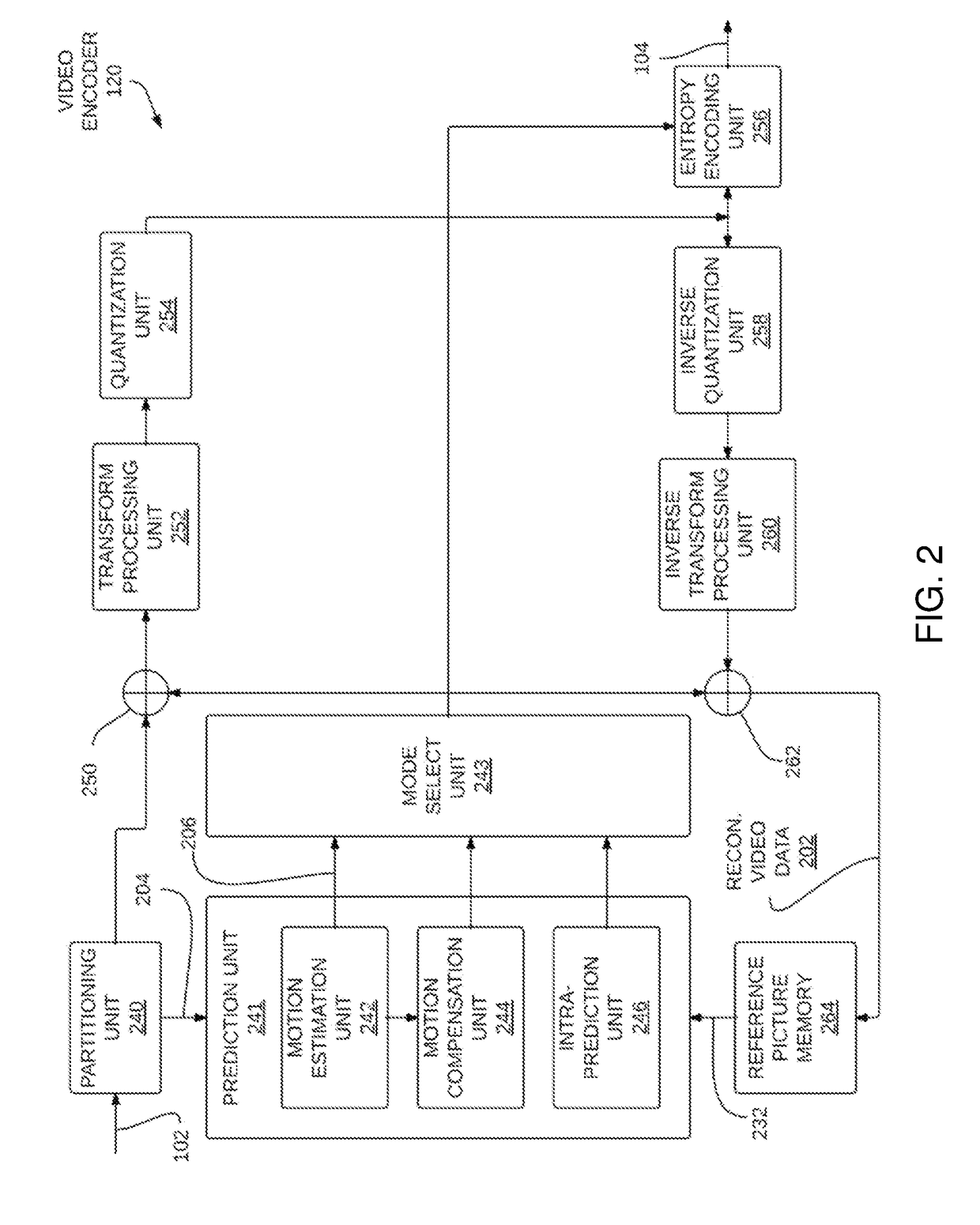Method and system for parallel rate-constrained motion estimation in video coding
a motion estimation and rate-constrained technology, applied in the field of video coding, can solve the problems of inability to meet the computation demand of a single processor with existing technology, the computation complexity of the computation is considerably higher, and the computation complexity is due, so as to improve the processing of several coding tree units (ctus)
- Summary
- Abstract
- Description
- Claims
- Application Information
AI Technical Summary
Benefits of technology
Problems solved by technology
Method used
Image
Examples
Embodiment Construction
[0036]The present invention provides an improved method and system relating generally to video coding, and in particular to parallel rate-constrained motion estimation in video coding.
[0037]The following is a detailed description of exemplary embodiments to illustrate the principles of the invention. The embodiments are provided to illustrate aspects of the invention, but the invention is not limited to any embodiment. The scope of the invention encompasses numerous alternatives, modifications and equivalents; it is limited only by the claims.
[0038]The application of the inventive method and system to H.265 / HEVC (HEVC) is illustrative and is not limiting. Those skilled in the art will recognize that previous standards, including H.264, are within the scope of the invention.
[0039]HEVC utilizes a quadtree structure called Coding Tree Units (CTUs) to partition each frame. The quadtree structure comprises blocks and units with maximum size of 64×64 pixels. A block includes a rectangular...
PUM
 Login to View More
Login to View More Abstract
Description
Claims
Application Information
 Login to View More
Login to View More - R&D
- Intellectual Property
- Life Sciences
- Materials
- Tech Scout
- Unparalleled Data Quality
- Higher Quality Content
- 60% Fewer Hallucinations
Browse by: Latest US Patents, China's latest patents, Technical Efficacy Thesaurus, Application Domain, Technology Topic, Popular Technical Reports.
© 2025 PatSnap. All rights reserved.Legal|Privacy policy|Modern Slavery Act Transparency Statement|Sitemap|About US| Contact US: help@patsnap.com



